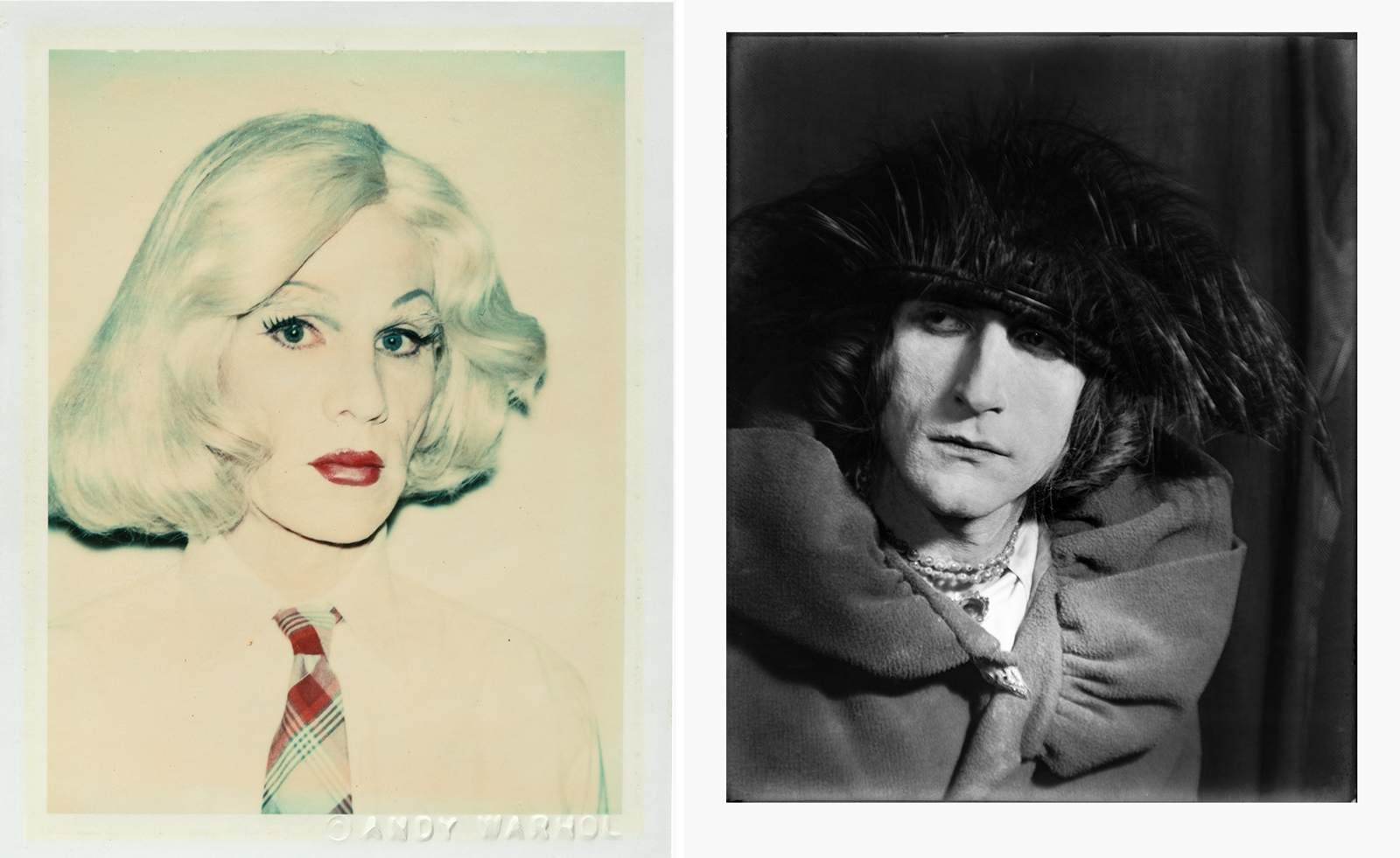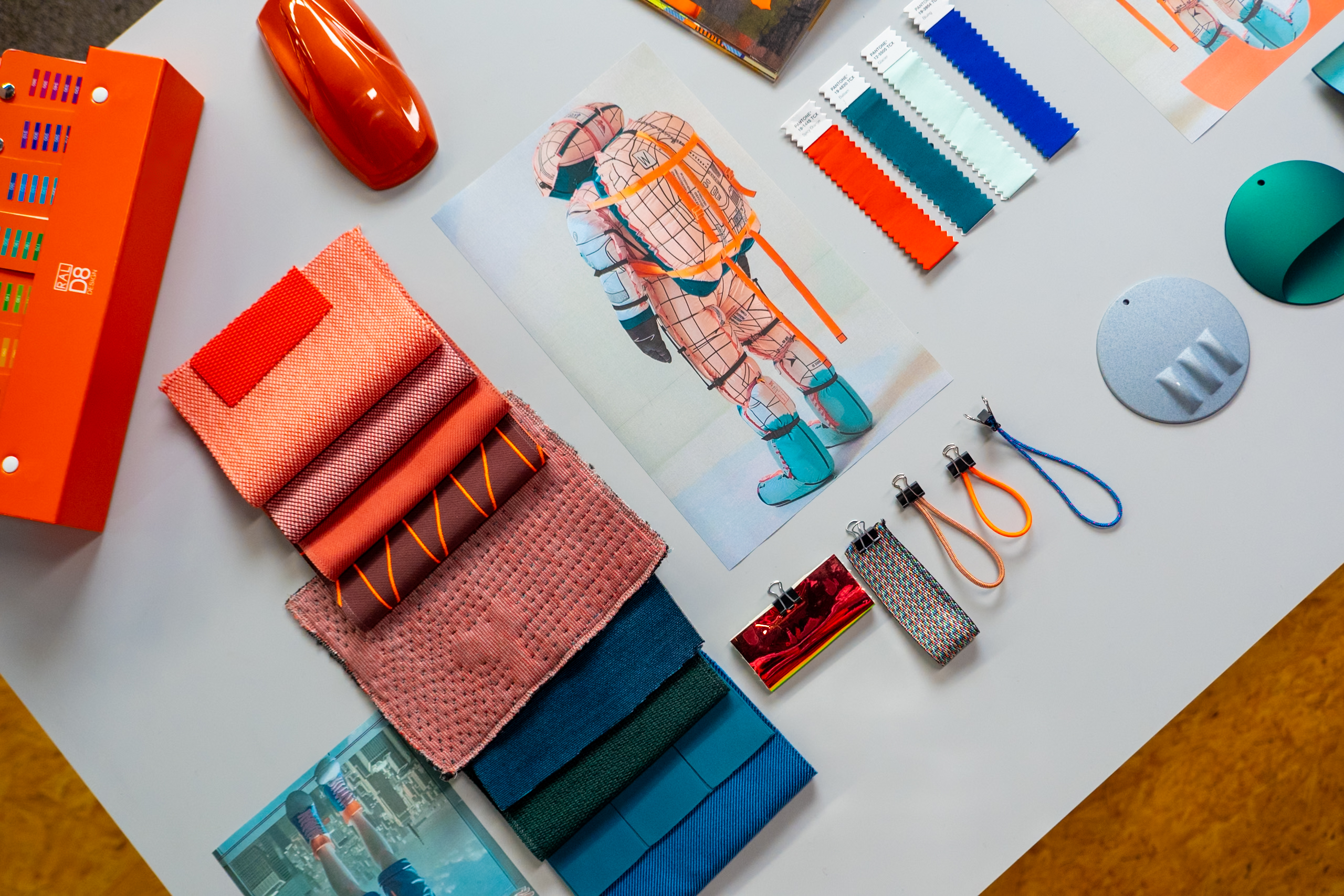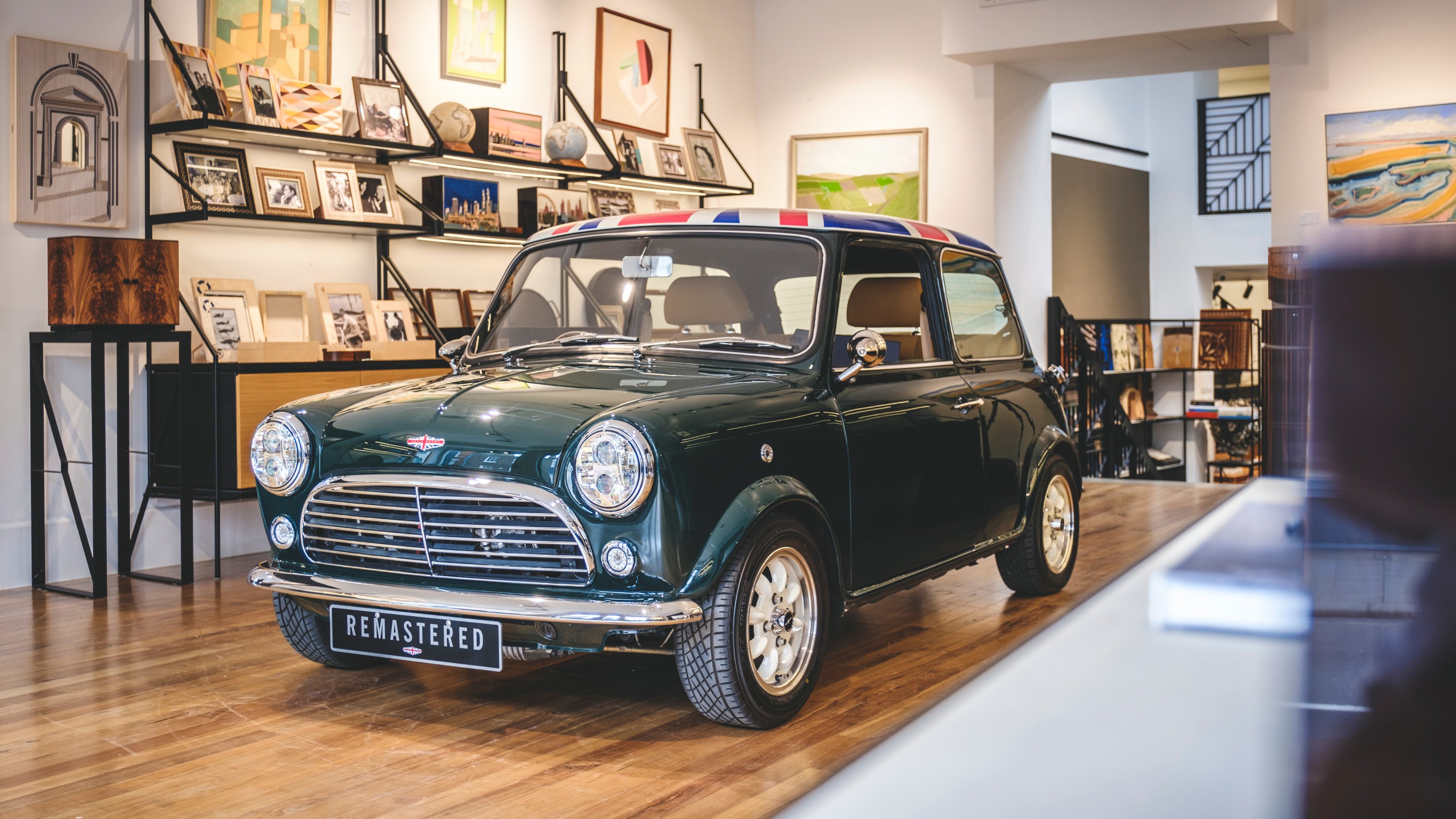A history of Mini design as the car marque gears up to go electric

Mini’s inherent paradox is that although it is more than willing to push its brand into new sectors, the company is also more tightly bound to its origin story than many rivals. Yet big change is coming. As of next year, Mini will start selling an all-electric car, the Mini E. Taking stylistic cues from the Mini Electric Concept shown last year, the Mini E should tick all the boxes demanded by millennial motorists, providing it matches its conventional sibling in terms of handling, ride and character.
We sampled the latest version of the company’s best-known model, the Cooper S, to gauge exactly what those qualities are. If anything, Mini is undergoing a new phase of maturity, eschewing the rather cartoonish ‘go-kart’ qualities that it used from the outset of the reborn brand. Today’s Cooper S still has the zest, but with less of the cultural baggage that cluttered up the rebirth of the brand. There’s still an overreliance on bold, retro-esque forms, but the gulf between the 1959 original and the modern BMW-built Mini has never been bigger.

The dashboard inside today's Mini Cooper S
By means of illustration, the company recently launched a retro-fitted electric-powered Classic Mini, a one-off that demonstrated the innate rightness of removing the engine altogether. Today’s Cooper S might be petrol powered, but it’s also a genuinely fun car that exudes a class-less simplicity. Admittedly, certain design touches are better suited to LA or Beijing – the Union Jack patterned brake lights, for a start. It’s still the best iteration of all modern Minis and makes a convincing city car, with zesty handling and acceleration.
Oliver Heilmer, Mini’s head of design, has been in the job for exactly a year, although he’s been at BMW since July 2000. Following stints at DesignWorks in California, he returned to Munich to helm the next generations of Mini. But not only that. The BMW-subsidiary is on a design-led journey to shift itself from mildly cartoonish retro design into a real player in future mobility. The Mini E is a first step. As Heilmer notes, ‘electrification is standard already. Then we’ll have autonomous driving. BMW’s autonomous focus is with Rolls-Royce, but Mini will also do it in a different way.’

The one-off retro-fitted, electric-powered Classic Mini
The scope of Mini’s offering is changing. The company has branched out into several Mini Living installations, in London, New York, LA and Milan, each of which has explored different ways of using urban space for a new generation of city dwellers. Up until now, these have been purely conceptual, but there are rumblings of a functioning pilot project in the months to come. Most importantly of all, Mini Living would appear to have little or nothing to do with contemporary automotive design. ‘Right now we have a car as a product, but we’re also talking about services,’ Heilmer enthuses, ‘in a couple of years we might be talking about a mindset, a culture, a community.’
Heilmer suggests that Mini is perfectly placed to embrace big changes in personal mobility. ‘One of the mindsets of Mini is to embrace different things,’ he says, adding that the company’s goal is to invest its products with some kind of emotional hook, going on to describe Mini E as an ‘authentic product that’s an enrichment to someone’s life.’ ‘Typical Mini is doing something no-one expected. We have a family, not just a single product.’ Today’s Cooper S is part of a continuum that stretches back to the engineering wizardry of the original 1959 car, all the way to the far future thinking of the Mini Vision Next 100 concept shown in 2016. Heilmer explains the difference between the BMW Group’s use of ‘Concepts’ and ‘Visions’ – the latter being far-sighted pieces of futurology, while Concepts effectively preview what will be in the market in 12-18 months. ‘You have to be careful with pre-communication, especially if it is too different from what you actually present.’

Mini Cooper S
The Mini E will smooth the lines and blur the edges of the current design language, taking advantage of the electric car’s absence of vents and ducts. It points to a cleaner, simpler approach, both in terms of design but also how cars are used. While no-one can accurately predict even the immediate future, Mini would like us to imagine the day when their cars become a desirable, shared resource that are an extension of your living space, seamlessly integrating into your urban existence. That said, a car company still has to sell cars in some form. ‘From an emotional and heritage point of view, customers will still want to own one,’ Heilmer says, ‘it’s about keeping the character of Mini how it is.’ The aesthetics of desire still matter.

Mini E, wheel trim

Mini E in profile

Mini E, bodywork detail

Mini E, front grille
INFORMATION
For more information, visit the Mini website
Wallpaper* Newsletter
Receive our daily digest of inspiration, escapism and design stories from around the world direct to your inbox.
Jonathan Bell has written for Wallpaper* magazine since 1999, covering everything from architecture and transport design to books, tech and graphic design. He is now the magazine’s Transport and Technology Editor. Jonathan has written and edited 15 books, including Concept Car Design, 21st Century House, and The New Modern House. He is also the host of Wallpaper’s first podcast.
-
 From Rembrandt to Warhol, a Paris exhibition asks: what do artists wear?
From Rembrandt to Warhol, a Paris exhibition asks: what do artists wear?‘The Art of Dressing – Dressing like an Artist’ at Musée du Louvre-Lens inspects the sartorial choices of artists
By Upasana Das
-
 Meet Lisbeth Sachs, the lesser known Swiss modernist architect
Meet Lisbeth Sachs, the lesser known Swiss modernist architectPioneering Lisbeth Sachs is the Swiss architect behind the inspiration for creative collective Annexe’s reimagining of the Swiss pavilion for the Venice Architecture Biennale 2025
By Adam Štěch
-
 A stripped-back elegance defines these timeless watch designs
A stripped-back elegance defines these timeless watch designsWatches from Cartier, Van Cleef & Arpels, Rolex and more speak to universal design codes
By Hannah Silver
-
 More colour and more design. More modernity. More Mini
More colour and more design. More modernity. More MiniThe iconic manufacturer has upped its game on tone, texture and interiors
By Jonathan Bell
-
 Coming soon: a curated collection of all the new EVs and hybrids that matter
Coming soon: a curated collection of all the new EVs and hybrids that matterWe've rounded up new and updated offerings from Audi, Porsche, Ineos, Mini and more to keep tabs on the shifting sands of the mainstream car market
By Jonathan Bell
-
 24 transportation design innovations for 2024
24 transportation design innovations for 2024From electric cars to new airports and sports boats, here’s a non-exhaustive list of 24 of the most interesting transportation design innovations to expect in the coming year
By Jonathan Bell
-
 Year in review: the top 10 cars of 2023, as selected by Wallpaper’s Jonathan Bell
Year in review: the top 10 cars of 2023, as selected by Wallpaper’s Jonathan BellWhat were the best four-wheeled offerings of 2023? Transport editor Jonathan Bell takes us through the year’s most intriguing automobiles
By Jonathan Bell
-
 David Brown Automotive transforms original Mini into a high-end, high-spec EV
David Brown Automotive transforms original Mini into a high-end, high-spec EVThe DBA Mini eMastered: luxury motoring is rarely so altruistic and joyful
By Jonathan Bell
-
 Mini E-Bike 1, with Angell Mobility, is the carmaker’s first electric two-wheeler
Mini E-Bike 1, with Angell Mobility, is the carmaker’s first electric two-wheelerThe Mini E-Bike 1 opens up a new chapter for Mini, a collaboration that adds another mobility option to its freshly electrified range
By Jonathan Bell
-
 Two new electric Minis bring back the playful spirit of the original
Two new electric Minis bring back the playful spirit of the originalThe new Mini Countryman and Mini Cooper give the modern icon a cleaner, minimal appearance and bolster the interior tech and trim
By Jonathan Bell
-
 Coronation-edition Mini Remastered by DBA flies the flag in London’s Linley showroom
Coronation-edition Mini Remastered by DBA flies the flag in London’s Linley showroomA pocket-sized piece of coronation memorabilia, the ultimate Mini Remastered by David Brown Automotive is showcased by Linley
By Jonathan Bell